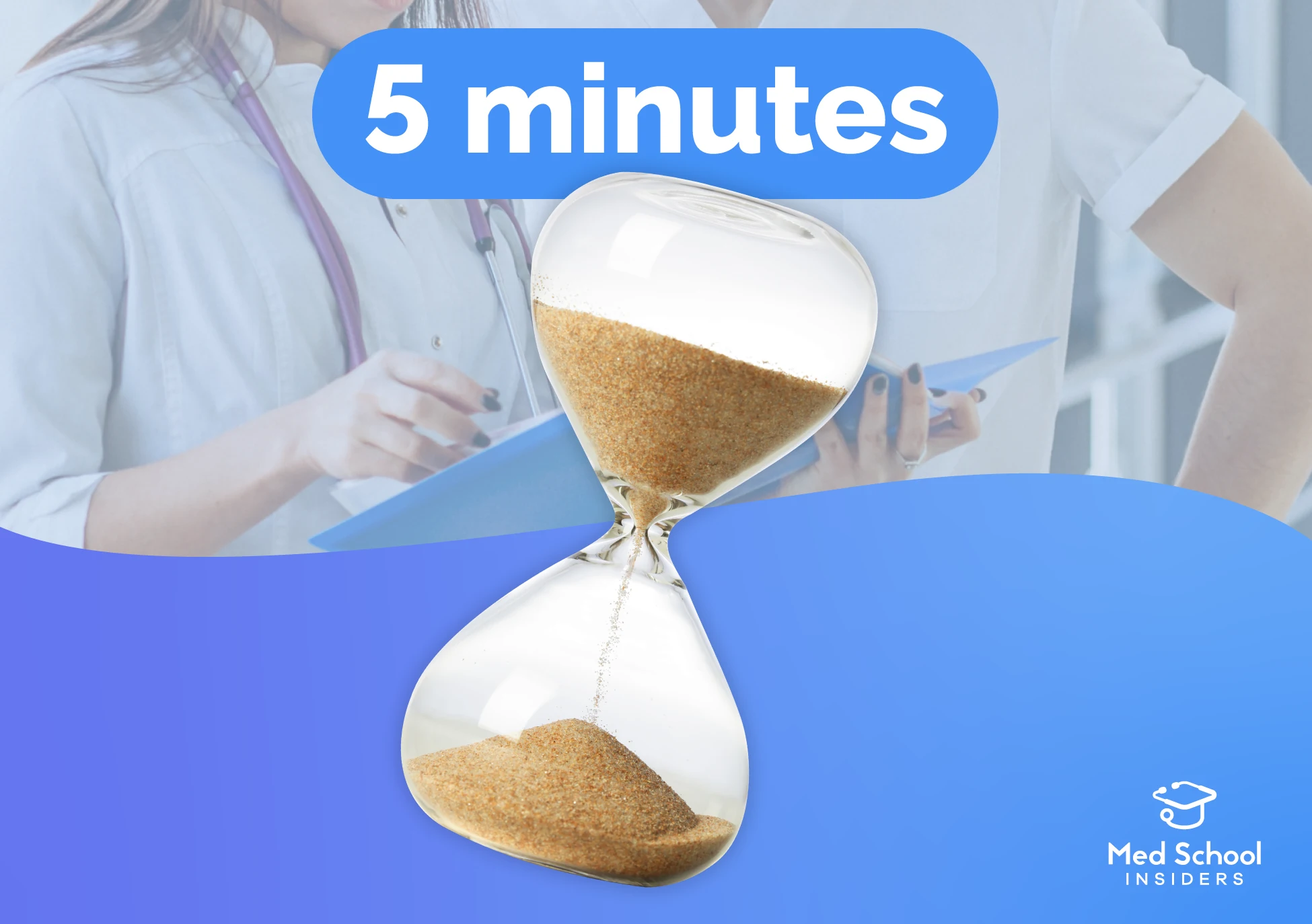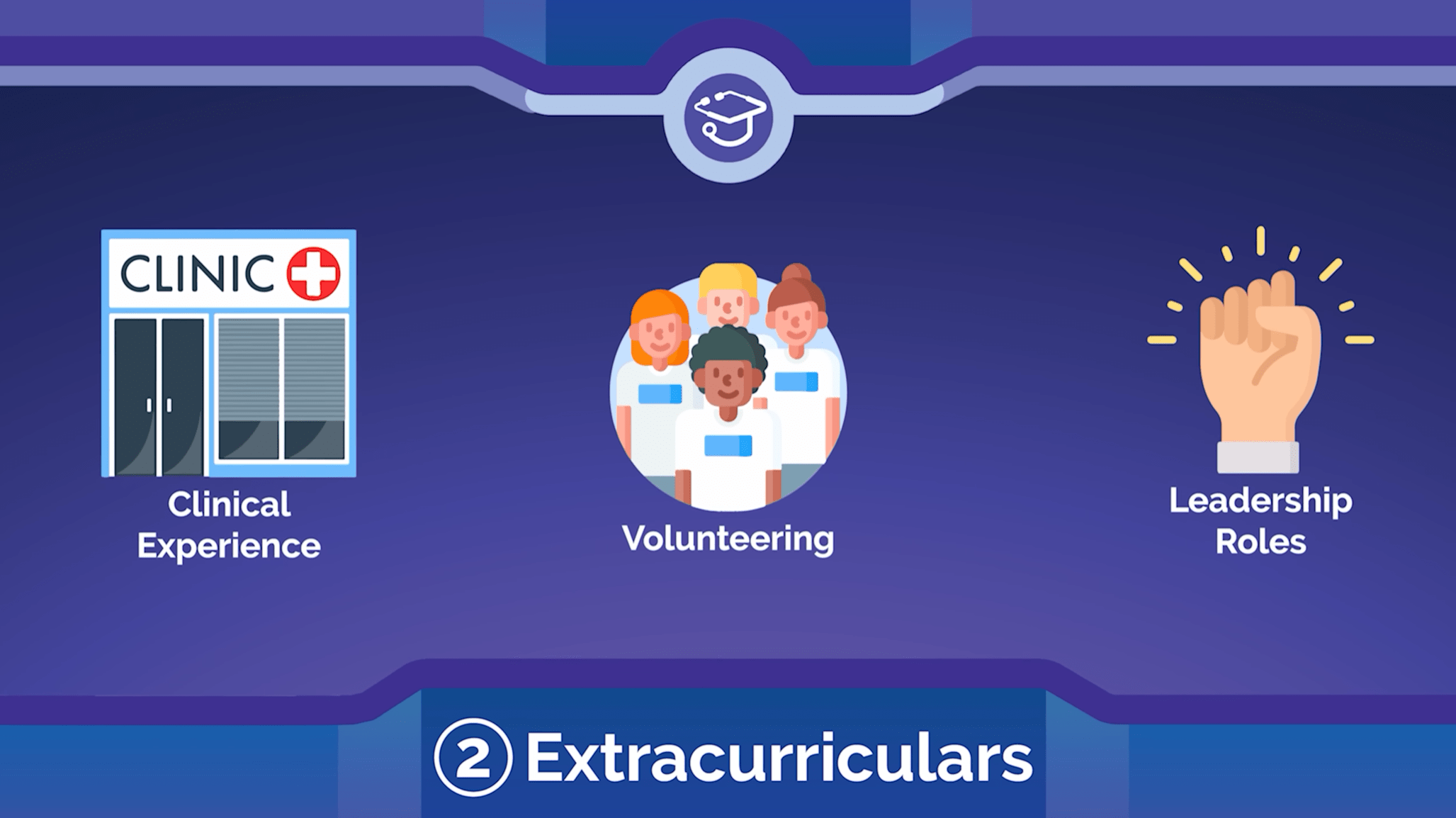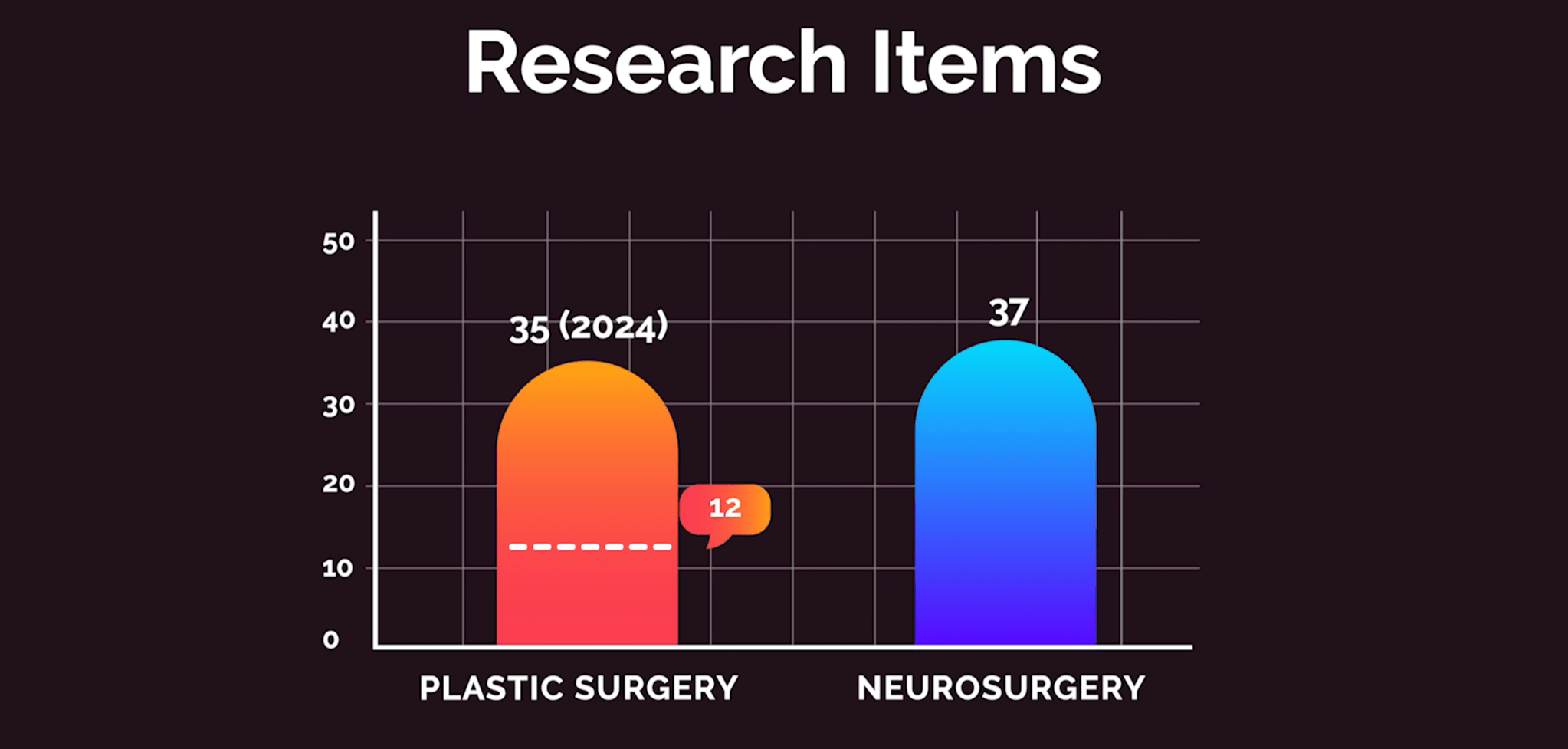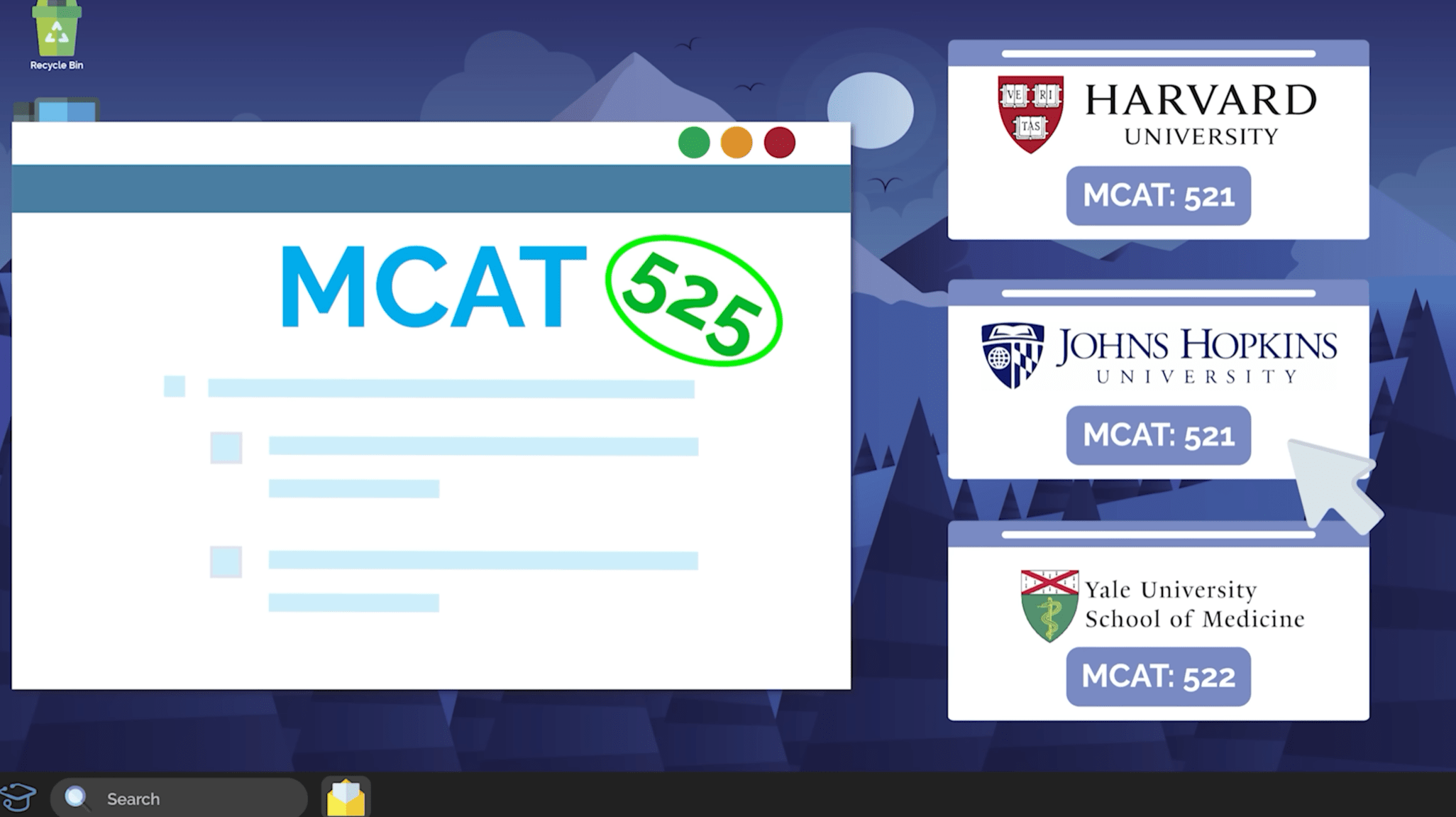How Much Do Doctors Actually Make?
Stop relying on the average doctor salary. We break down the pay difference between specialties and how RVUs & procedures impact your compensation.

Getting into medical school is a literal coin flip. Only 45% of applicants are accepted, meaning over half of qualified premeds are rejected every year despite doing everything they thought was right.
Med School Insiders has helped over 10,000 students navigate this process. While the national average hovers around 45%, our clients achieve a 97% acceptance rate.
In the next five minutes, you’ll get the world’s shortest comprehensive guide to getting into medical school. This is exactly what you need to do, starting from first year until graduation. It’s the exact roadmap that separates students who receive multiple acceptances from those who get rejected.
Your freshman year sets the stage for everything. There are two fundamental goals for first year, which can make or break everything. The first is to lock in strong study habits. Why? Because adcoms use your GPA as a filter to narrow down candidates.
During your first semester, don’t commit too heavily to challenging coursework. There’s an adjustment period, and you can’t afford a bad start GPA.
One premed I knew partied too much during the first semester and earned a 2.0 GPA. Despite three years of hard work and an average of 3.7 each subsequent semester, they only reached a 3.4 by the end of junior year when they were applying to medical school, all because of a terrible start.
Second, start extracurriculars. This includes clinical experience, volunteering, and leadership roles. Quality beats quantity—a student volunteering one hour weekly for three years is more appealing than someone cramming 100 hours into two months. That’s why by sophomore year, you’ll commit to the activities you value most.

You don’t need research to get into med school, but it’s your biggest competitive advantage for top schools. Research requirements have exploded: successful plastic surgery applicants averaged 35 research items in 2024, up from 12 just years ago. Neurosurgery now averages 37 items.

What’s most valuable about research is that it’s the only extracurricular from college that remains relevant for residency applications. Expose yourself early, as it takes years to master.
The next critical step for the summer between sophomore and junior year, assuming that you’re not taking a gap year between college and medical school, is preparing for the MCAT.
High scores don’t just help—they give you options and open up scholarship opportunities. Harvard and Johns Hopkins matriculants average 521, Yale averages 522.

Schools use MCAT scores as initial filters. Success requires the right study plan, resources, and strategies—not just intelligence or hard work. If you’re not taking a gap year, junior year is the time to go hard on your med school application.
Year 3 is all about prepping your application in time for June, when applications open. Don’t make the same mistake most premeds do by waiting until the last minute. The goal is to translate your years of effort into an application strong enough to position you in the 40% of accepted applicants.

Medical schools use rolling admissions—they review applications continuously and accept students as they go. The later you apply, the fewer spots remain.
Student A submits in June, gets secondaries in July, interviews in September, and gets accepted in October. Student B submits in August and competes for whatever spots remain after early applicants have claimed most of the class.
Don’t limit yourself to the 15–20 schools most advisors suggest. Following what’s average gives you average results, and it comes with a 60% rejection rate.
Here’s our insider tip: apply to 25-30 schools minimum. Each extra school costs $150, which is nothing compared to reapplying next year and losing $355,000 in salary.
Multiple acceptances also create leverage for merit-based scholarships. I used this strategy to cover all my medical school tuition by getting schools to compete for me.
Your story must connect every component. Don’t tell admissions committees you’re “compassionate and driven”—show them through specific moments that reveal your calling to medicine.
This narrative needs to be proven across your entire application—your experiences, essays, and interview responses must all tell one cohesive story.
By senior year, you’re in the final stretch. But now you need to stick the landing.
You’ve put in so much work to get to this point. But no matter how amazing you are on paper, you can completely ruin your chances of acceptance with a bad or even mediocre interview.
Many students think that once they reach interviews, everyone has equal odds. This is false. Medical schools internally rank candidates before interview day begins.
The interview can make or break even the strongest applications—stellar stats mean nothing if you bomb this final step.
Don’t memorize perfect answers—develop genuine conversation skills. Create outlines of talking points and practice hitting them naturally.
Everything leads to this: avoiding the devastating reality that up to 60% of applicants face—rejection.

These steps are the difference between receiving multiple acceptances and getting rejected, yet most students are either unaware of them or don’t follow through.
Following a roadmap built by those who have already succeeded gives you the best chance of achieving your dream of becoming a doctor.
Access our comprehensive blueprint, month-by-month timelines, and strategies that will have medical schools competing for you.
Stop relying on the average doctor salary. We break down the pay difference between specialties and how RVUs & procedures impact your compensation.

Are you built for the Emergency Department? We reveal the 6 signs that prove you’re destined to succeed in emergency medicine.